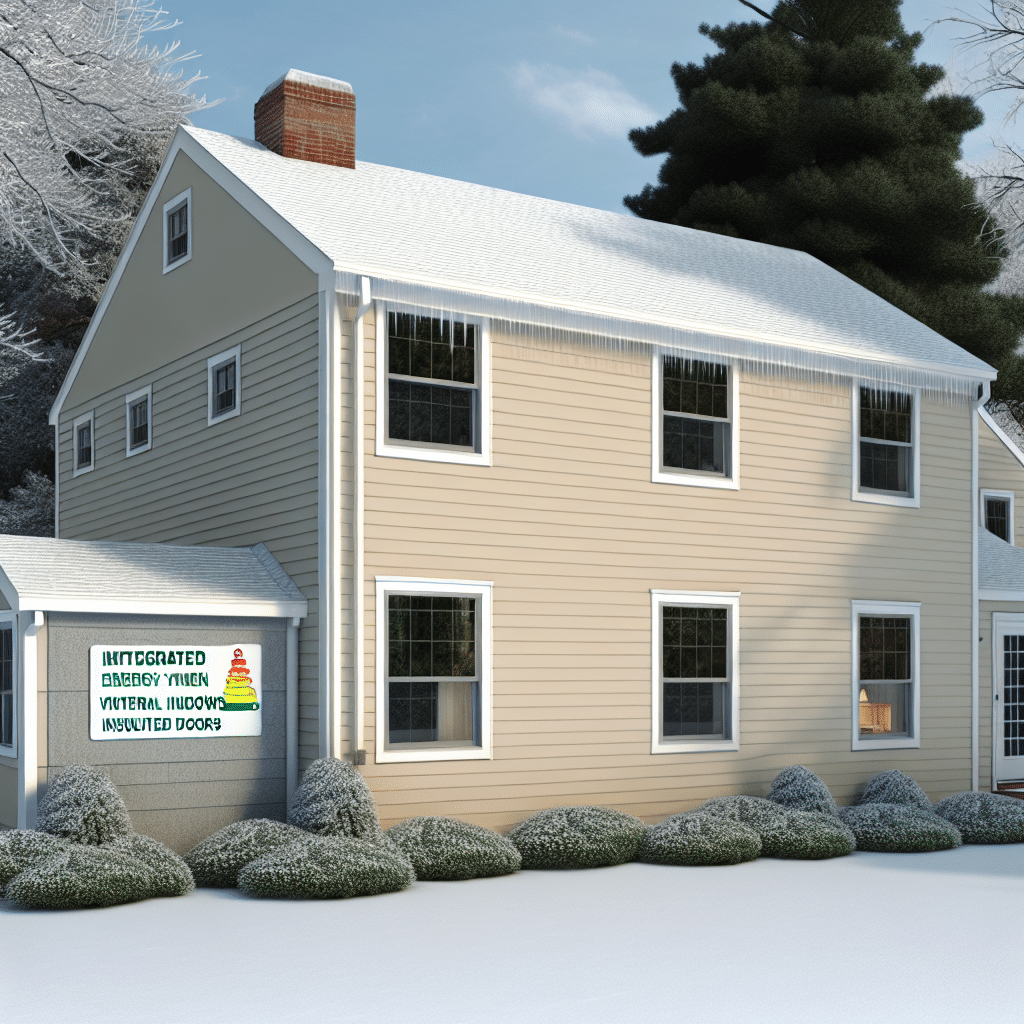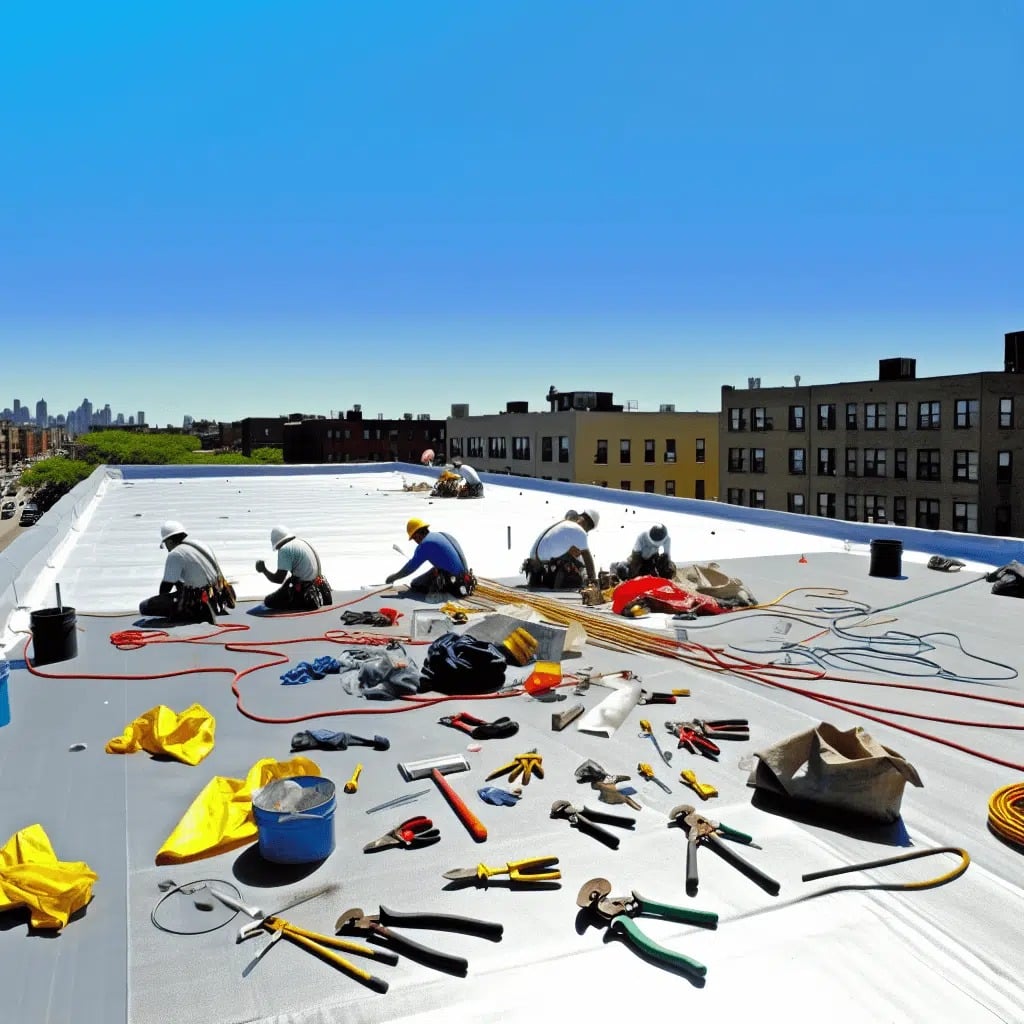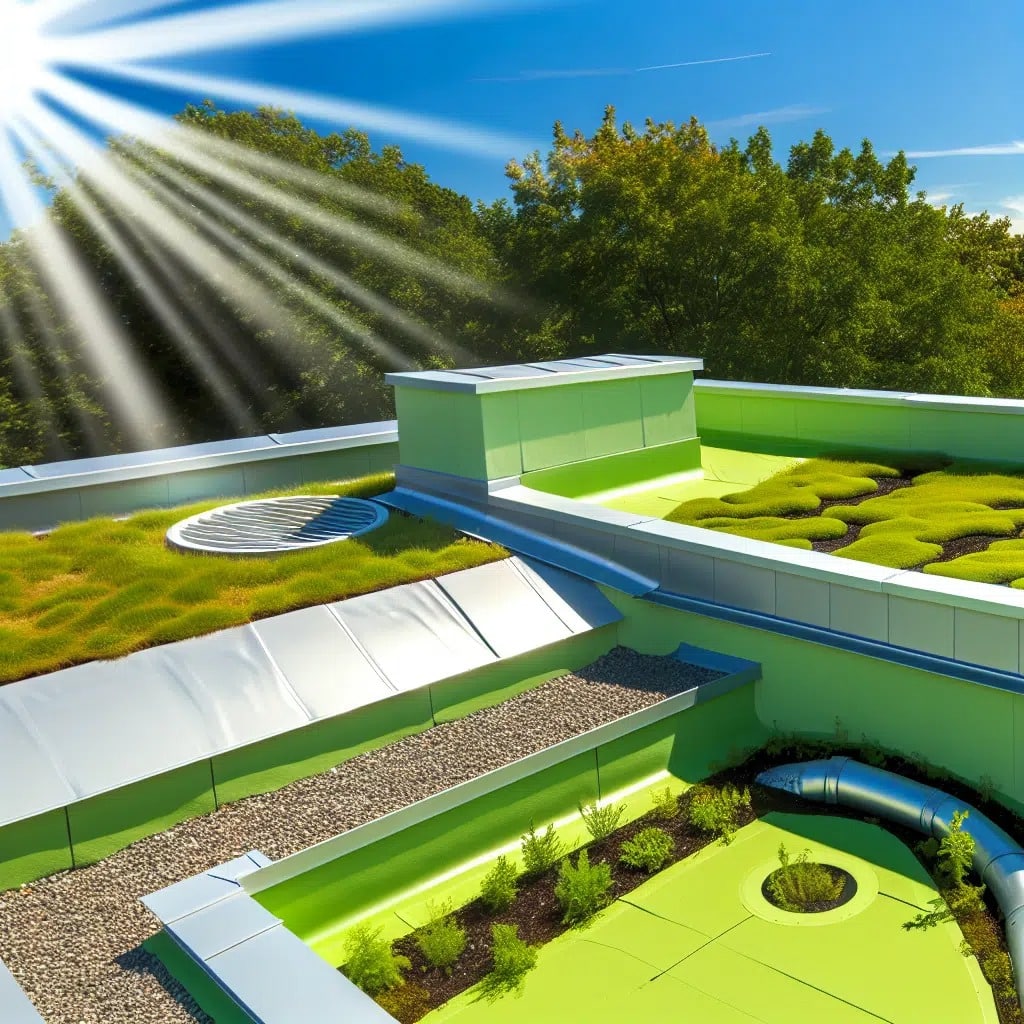The Key to Unlocking Energy Savings with Siding
With energy bills on the rise, homeowners are increasingly looking for ways to reduce their expenses and increase eco-friendliness in their homes. Making strategic upgrades to your property can make a significant difference when it comes to conserving energy and saving on costs. One often overlooked aspect of a home that can provide substantial energy savings is the siding. Vinyl siding, in particular, has risen in popularity not only due to its durability and ease of maintenance but also because of its energy efficiency. If your goal is to keep energy costs low while maintaining a comfortable living space, considering vinyl siding could be a step in the right direction.
Vinyl siding acts as an additional layer of insulation for your home, helping to keep warm air in during the winter and cool air in during the summer. By creating a more energy-efficient barrier, homeowners can enjoy lowered heating and cooling bills, with many seeing an average reduction of 7-15%. This is not just about immediate savings, but also about investing in your home’s long-term energy performance. Moreover, for those living in Providence, where the winter season can push your heating system to the limit, such energy-efficient options become even more appealing. This is an initial investment that pays dividends over time, offering financial and environmental benefits that are hard to ignore.
It’s natural to be concerned about the upfront costs of installing new vinyl siding; however, taking the long view is essential. The energy savings realized over time can offset the initial outlay, and the benefits don’t stop at your utility bills. Enhancing your home’s resilience against temperature fluctuations contributes to a more consistent and comfortable indoor climate year-round. Plus, the added benefit of reducing your carbon footprint while upgrading the look and value of your home can’t be overstated. Embracing vinyl siding is not just a cost-effective decision—it’s a step toward sustainable living that residents in Providence can truly benefit from.
Optimizing Your Home’s Shield with Siding
Understanding the scientific principles behind how vinyl siding contributes to energy conservation is crucial for homeowners. The materials used in vinyl siding have insulating properties that trap air, acting as a buffer between the external temperatures and your home’s interior. This thermal barrier significantly reduces the transfer of heat, meaning your heating and ventilation systems don’t have to work as hard to maintain a comfortable indoor climate. The innovative design and materials mean the siding reflects solar energy during hot summer months while retaining warmth during the chilly Providence winters. Such energy efficiency makes an impactful difference in both the comfort of your home and its overall energy footprint.
One frequently asked question by many homeowners is regarding the specific types of vinyl siding available and their relative energy efficiency. The market offers a wide range, from standard vinyl siding to insulated models that come with built-in foam backing. Insulated vinyl siding is designed to reduce energy loss even further and is particularly effective in climate-extreme regions. Whether you’re upgrading your current siding or deciding on materials for a new construction, it’s important to consider the energy efficiency rating of the siding. For more in-depth information and available options, homeowners can check out Rinaldi Roofing’s services for professional guidance.
Recognizing the potential savings and the impact of vinyl siding in varying weather conditions is also a key point of interest. Not only does vinyl siding stand up well to Providence’s challenging winters, but it is also engineered to remain durable during hot summers and unpredictable weather patterns. The siding’s versatility means it expands and contracts with temperature changes, avoiding cracks and breaks that could compromise its insulating properties. Moreover, with vinyl’s ability to replicate the aesthetics of pricier materials like wood, homeowners need not sacrifice style for functionality. The blend of practicality, cost-effectiveness, and visual appeal truly makes vinyl siding a smart choice for those considering long-term investments in their homes.
Sealing the Deal on Energy Efficiency
When it comes to choosing vinyl siding for your home, knowing you’re making a decision that will bring enduring benefits provides immense satisfaction. The combination of long-term energy savings and improved home comfort is one that can’t be understated. Not only does this investment offer a reduction in your energy bills, but it also enhances the curb appeal and potentially increases the resale value of your property. And let’s not forget the satisfaction that comes from making an environmentally friendly choice. Informed decisions about home improvements like installing vinyl siding represent a smart, forward-thinking approach to homeownership.
Professional installation is key to ensuring that your vinyl siding functions at its best. This is not a DIY job; improper installation can lead to gaps and overlaps, compromising the energy-saving benefits. That’s why it’s essential to enlist the services of seasoned professionals who understand the nuances of vinyl siding installation. Ensuring airtight and proper fitting will maximize the energy efficiency of your home, keeping the harsh Providence weather at bay. For expert installation services, we recommend reaching out to trusted installers who can guarantee the precision your home deserves.
Finally, the ongoing maintenance of vinyl siding should not be overlooked when it comes to protecting your investment. Simple routines, such as regular inspections and cleanings, will maintain the insulating properties of your siding and its overall effectiveness in conserving energy. Remember that while vinyl siding is low maintenance, it does not mean no maintenance. Addressing small issues promptly ensures that your siding continues to contribute to your home’s energy efficiency without interruption. With Rinaldi Roofing just a call away, Providence homeowners can rest assured that their siding will remain as effective and beautiful as the day it was installed.
Insights From The Experts
Tip 1:
When selecting vinyl siding, look for products with insulated backing. This feature helps to maintain a consistent indoor temperature, resulting in energy savings throughout the year.
Tip 2:
Choose vinyl siding colors that are suitable for your local climate. Lighter colors reflect the sun’s rays, reducing heat absorption and consequently, the need for air conditioning in warmer climates.
Tip 3:
Ensure proper installation by hiring reputable professionals. Incorrectly installed siding can lead to gaps that allow heat to escape, undermining energy savings and the efficiency of your vinyl siding.
Tip 4:
Consider the energy efficiency ratings and certifications of vinyl siding products. Siding with higher ratings for energy efficiency can offer greater cost savings over time.
Tip 5:
Regular maintenance of your vinyl siding, such as cleaning and inspections, can help to preserve its insulating properties and overall effectiveness in energy conservation.
Expert Answers to Your Vinyl Siding Queries
How does vinyl siding contribute to energy savings during colder seasons?
Vinyl siding acts as a thermal blanket for your home, keeping heat in and reducing the burden on your heating system. This extra insulation layer can notably decrease energy consumption when the temperature drops.
What are the long-term cost benefits of choosing vinyl siding for energy efficiency?
By effectively insulating your home and lowering energy demand, vinyl siding can significantly reduce your heating and cooling costs over time, proving to be a cost-effective solution in the long run.
Are there specific types of vinyl siding that are more energy-efficient than others?
Insulated vinyl siding, with robust foam backing, offers superior energy efficiency by increasing the R-value—a measure of insulation—thereby providing enhanced thermal protection.
Can vinyl siding improve home energy efficiency in areas with extreme weather changes?
Yes, the resilience of vinyl siding to temperature fluctuations makes it ideal for maintaining a consistent indoor environment, regardless of extreme weather conditions outside.
What other benefits, besides energy savings, can homeowners expect from installing vinyl siding?
Apart from energy efficiency, homeowners can enjoy vinyl siding’s minimal maintenance, durability against wear and tear, and a wide selection of styles and colors to enhance aesthetic appeal.



